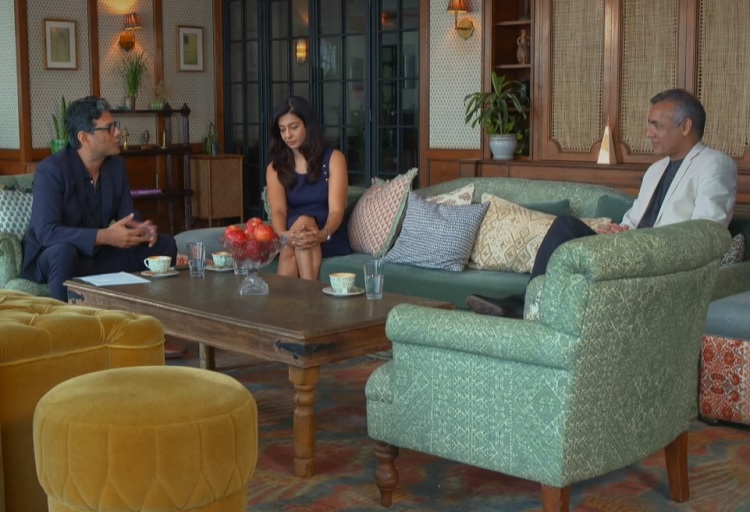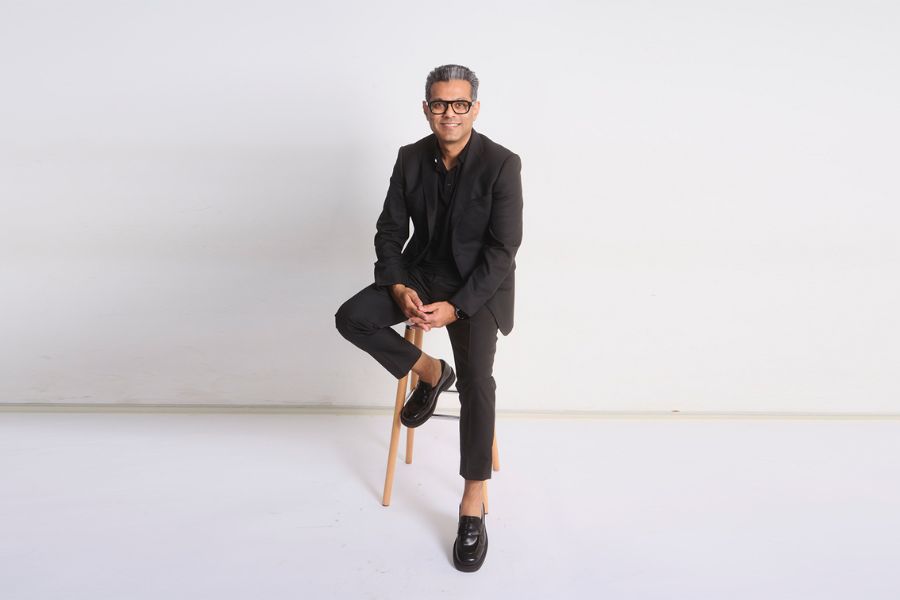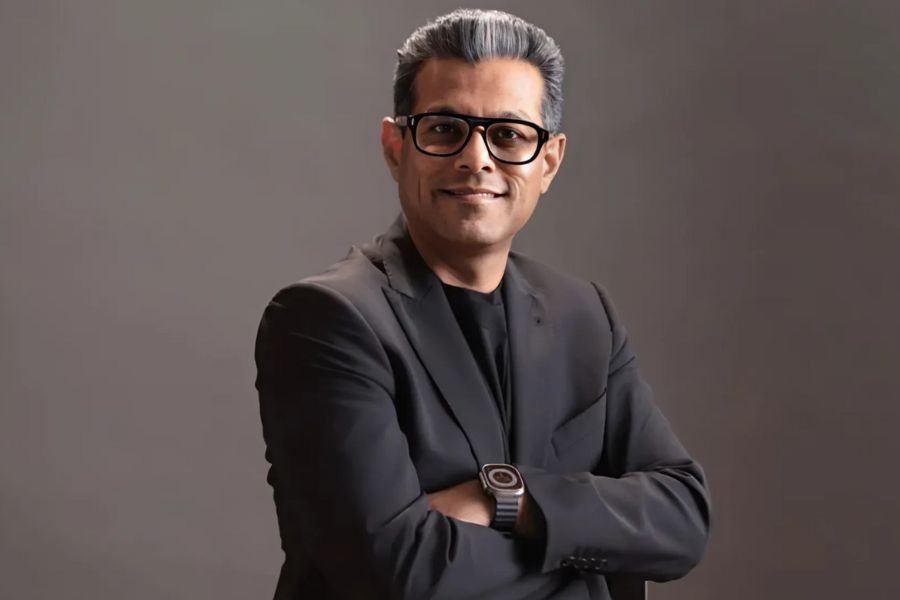On day two of Spikes Asia X Campaign, Dheeraj Sinha, CEO and CSO - South Asia, Leo Burnett, Chetna Soni, senior director and category head – feminine care, P&G, Neha Ahuja, head of marketing – India, Spotify, and Ravi Santhanam, chief marketing officer, HDFC Bank, discussed how brands can make deep connections at scale through storytelling.
Giving an example of HDFC Bank’s Safety Grid, Santhanam stated that one can build scale in India while being desirable and staying premium.
He said, “When the pandemic struck, we were trying to be relevant for our consumers. What we communicated, we wanted to prove by action. We, at the bank, had a real problem of keeping our employees and customers safe. The grid that is part of our logo stands for safety. We wanted to gain the respect of the consumers. We put our grid on the ground to ensure social distancing. We started with a pilot in Bhubaneswar and the response was so good that the Police wanted us to put it at more places.”
Spotify’s Ahuja explained how the brand launched two years ago with an outdoor campaign titled #Playlistforthat, which used data to create 1,153 billboards.
“We wanted to sound like an insider and tell people that we understand what they were going through. We played on our strengths, which would be playlists, and said that we had one for whatever the person was going through. The 1,000 odd billboards helped us gain momentum. We saw people click pictures and put them on digital. They turned into a million conversations. Two years later, it's still a phrase on digital,” she said.
Soni explained how Whisper has helped drive scale in the country by educating girls about periods.
“When we launched Whisper in the country, we had less than 10 million users of feminine hygiene products. Periods were coming in the way of women realising their dreams. Girls aren’t educated about periods, and the first time they get it, they think something's going wrong. So, we had to educate them first and have been on this journey for more than 30 years. The number of people using feminine hygiene is now 10 times more and we believe education is the key,” she said.
Explaining how P&G can grow further with education, Soni added, “Even today after all these years, only 50% of urban women use sanitary napkins. So, there’s still a big market. The other thing we have noticed is that quality is of the biggest importance. It (the market) can be won by picking quality products.”
Sinha then played one more of HDFC Bank’s recent campaigns - #MoohBandhRakh, a rap song that took on phishing.
Pointing at how HDFC Bank used two very different approaches to reach out to their consumer, Sinha asked Santhanam about the importance of brand imagery.
Santhanam said, “As a brand, we want to remove the complexity of money for our users. We want to reflect against that and help customers. We are seeing people doing a lot of digital transactions. And now there's cheating happening in the digital world. We want to create memories for our consumers using our brand, so whether it's a rap or putting your brand on the ground, you stay relevant.”
Ahuja then stated that Spotify uses three pillars for its communication. She said, “Firstly, music will always be the centre point. Secondly, we don't take ourselves seriously as a brand and that's what we get in the tonality - humour and chuckle. Thirdly, it's never the brand talking - you'll always see an evangelist or the artist talking and showing how much fun they're having.
Referring to Whisper’s recent MobileShaala initiative, Soni spoke about the importance of doing good for society.
“You have to follow your talk with acts. We believe that if you're a force for good in society, you'll be a force for growth. Brands are the most pervasive forces in the world. Consumers look at the set of values brands have and see how to connect with them. Period education is a big part of building this category. We are at the centre of this and wanted to continue building it. We have our campaign #KeepGirlsInSchool going on and then launched Mobileshala - a web-based platform which along with the school curriculum had menstrual health information. The insight behind it was that if girls can't go to school, schools can go to them,” she said.





